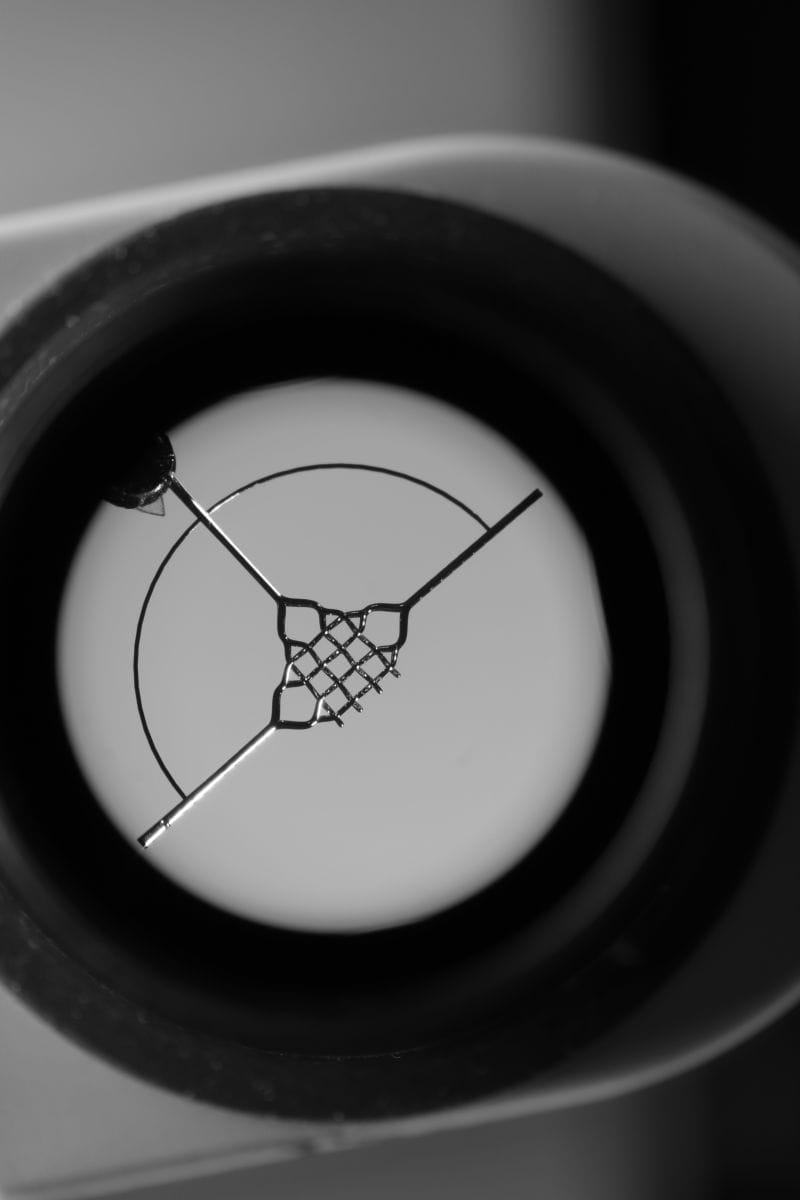Link to the full source article
RSS feed source: National Science Foundation
The manufacturing technique known as 3D printing, now being used everywhere, from aircraft manufacturers to public libraries, has never been more affordable or accessible. Biomedical engineering has particularly benefited from 3D printing as prosthetic devices can be produced and tested more rapidly than ever before. However, 3D printing still faces challenges when printing living tissues, partly due to their complexity and fragility.
Now, with support from the U.S. National Science Foundation, a research team at Boston University (BU) and the Wyss Institute at Harvard University has pioneered the use of gallium, a metal that can be molded at room temperature, to create tissue structures in various shapes and sizes.
This innovative approach to fabrication, engineered sacrificial capillary pumps for evacuation (ESCAPE), was highlighted in a recent study published in Nature, where the team used gallium casts to mold biomaterials. The scaffolds left behind by these casts are then filled with cells cultured to form tissue structures. Vascular structures were some of the first produced using ESCAPE, particularly because of the challenges faced due to blood vessel complexity. Few techniques exist to build large (millimeter-scale) and small (micrometer-scale) structures in scaffolds made of natural materials, making this multiscale fabrication capability a novel approach.
“ESCAPE can be used on several tissue architectures, but we started with vascular forms because blood vessel networks feature many different length scales,”
Click this link to continue reading the article on the source website.
